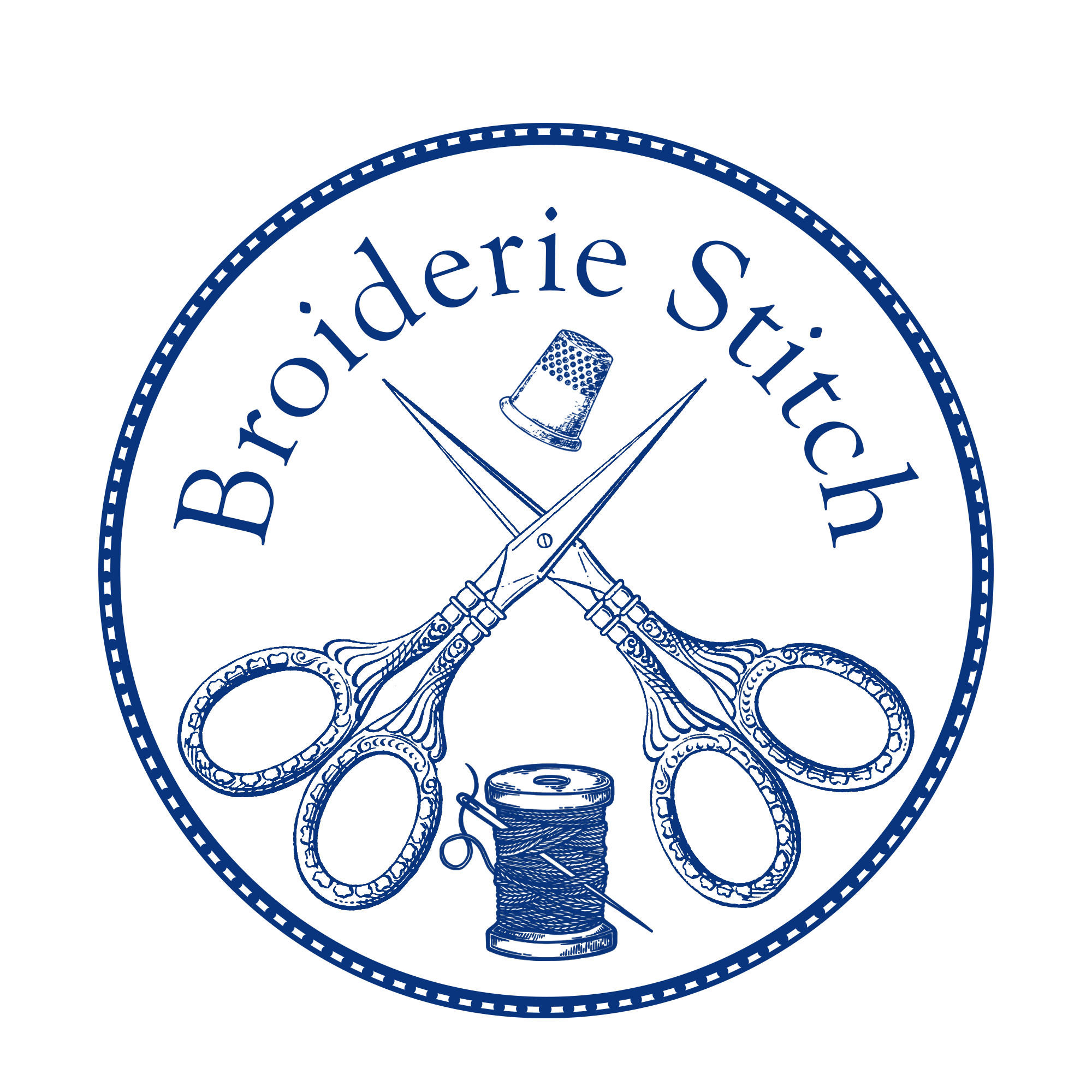If you have ever run across a stash of old embroidery, chances are you’ve seen a sampler as well. Samplers come in many forms, and in the simplest sense, are a record of stitches or scripts worked. In a time before paper was cheap, these stitched records were especially important - they were often the medium through which young girls learned their letters.
Many, many samplers are done in cross stitch, and they are the most recognizable ones. They usually feature a few different alphabets in different styles, some borders and motifs, as well as the stitcher’s name and the date she worked it in. Often it features her age as well, and it’s incredible to see these ornate pieces done by young girls – often beginning at five or six, and most before the age of 13. This is a sampler stitched by my grandmother Diane, a copy of young Mary Kennerly’s done in 1816:

Historical sampler worked by Diane Soar in 1993
Mary Kennerly may well have learned to read and write by copying the letters of her sampler, and she may have chosen the motifs and borders from ones that her mother had copied down. Could the brick house be the one she grew up in? If I’m ever down in Lynchburg, I’ll have to take a stroll through the historic part of town.
Mary’s sampler shows a glimpse of her personality, but she was likely guided and supervised by an older matron. Some historical samplers show a bit more of their makers – a famous one reads “Patty Polk did this and she hated every stitch she did in it. She loves to read much more”. Poor Patty! Unfortunately there’s no photograph of her work from 1800, but records show it was ornamented with pinks, roses, and nasturtiums as well as a white tomb marked G.W. ringed with forget-me-nots. It’s surmised that G.W. was George Washington, who had died the previous year.
Cross stitch samplers with alphabets and platitudes are the most easily recognized mainly because so many have survived from the 1800s. They are far from the only samplers made – but early pieces get rarer the farther you go back. As early as the 1630s, samplers had a recognizable form, but they looked much different than the alphabets and psalms popular later.

In the collection of the Met
This sampler was worked by Anna Buckett, aged 12, in 1656. Band samplers like this are made of one full width of linen (selvedges are at the top and bottom) and recorded different embroidery designs to be stitched on home linens and clothing. The courting couple at the top is very traditional for her time, along with the dog still a symbol of faithfulness after all these years. In embroideries like this the concept of scale has little meaning – beetles are the size of dinner plates and tulips are waist-high. Her lion and unicorn are fairly sized for their period; it’s unlikely that Anna would have ever seen a lion, but unicorns had morphed from fearsome beasts with eight-foot horns to delicate, almost dainty creatures by the mid-1600s.
The Lion and the Unicorn are prominent figures in English art, heraldry, and folklore, and they can be seen as the standards on the English royal coat of arms. They feature in songs, poetry, and depictions from 1603 onwards in England – and even to the present day right here in the studio!

Journey talisman from Broiderie Stitch
Over four hundred years, and still going strong. It’s good to be a little part of a tradition that stretches back so far. Anna would probably love my metallic threads (although she might chide me for all that open space). I’ll be following her in another tradition as well. In twenty-five years of embroidery, I’ve made many, many pieces – but never worked a sampler. First I’ll be working a colorful band sampler a bit like Anna’s; each line will be a separate stitch so that we can use it as a teaching reference in the studio. Then I’ll work an alphabet sampler more in keeping with my grandmother’s. That one will be freehand embroidery as well (not cross stitch) and will be done all in white. One day it will hang next to hers up on our wall.

